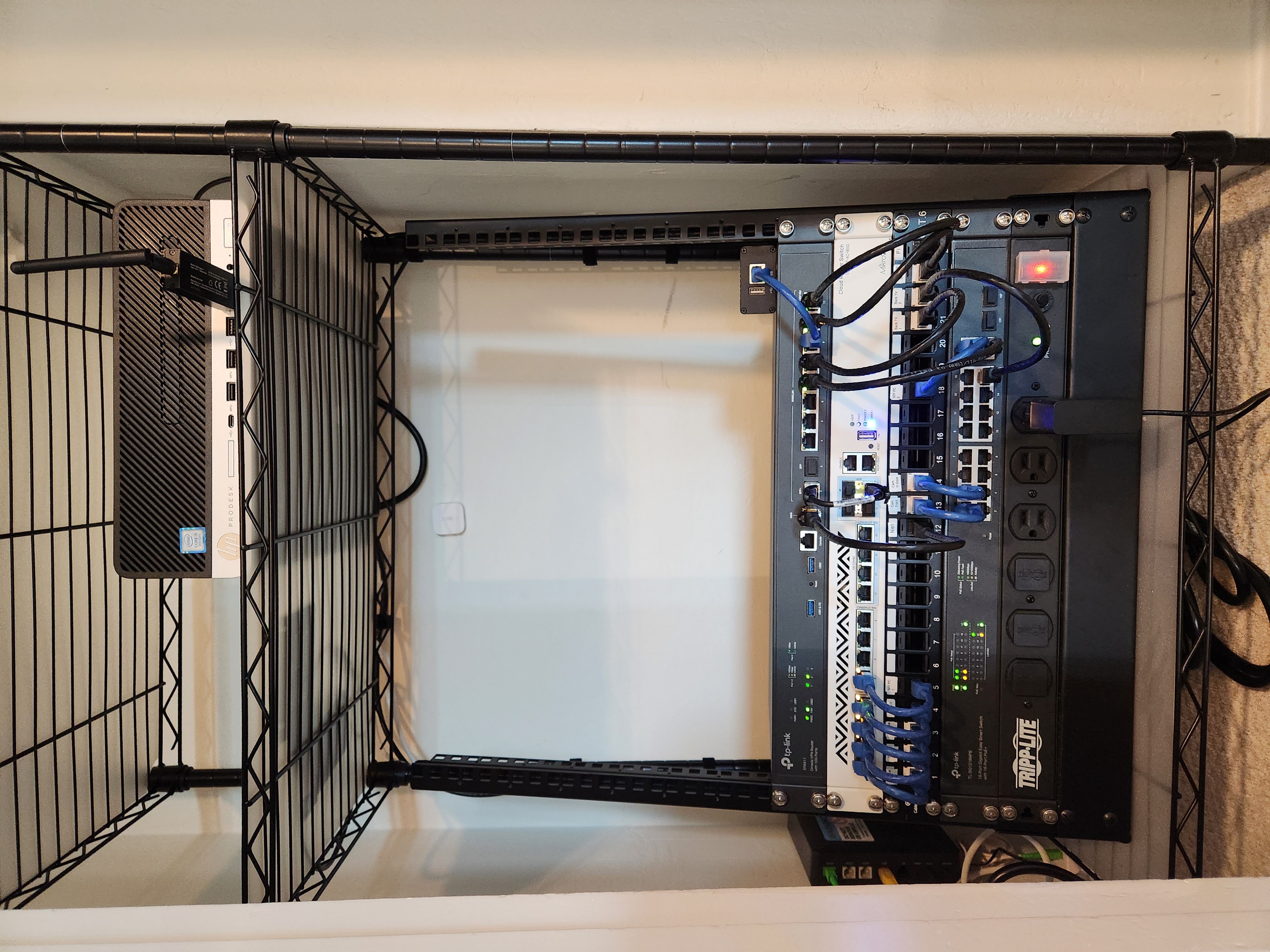They use a mixture of Windows and Linux. They do use Linux quite a bit, but they also have a lot of Hyper-V servers.
dan
The GUI is optional these days, and there's plenty of Windows servers that don't use it. The recommended administration approach these days is PowerShell remoting, often over SSH now that Windows has a native SSH server bundled (based on OpenSSH).
Linux isn't a UNIX flavor. It's UNIX-like.
Microsoft could technically get Windows certified as UNIX.
I don't think they could now that the POSIX subsystem and Windows Services for UNIX are both gone. Don't you need at least some level of POSIX compliance (at least the parts where POSIX and Unix standards overlap) to get Unix certified?
Sounds like you did a thorough job as a QA tester. As a software engineer, I love to see it.
I used to make calls through MSN Messenger and it was a much better experience than Skype. Skype always seemed lower quality.
AI makes it different because this is likely dynamically synthesized speech that sounds real. Previous TTS engines wouldn't have sounded real enough to be believable.
A phone company built this? Based.
Lenny isn't AI; it's just a collection of prerecorded messages.
Self-synchronizes to GMT by passively receiving continent-spanning radio time signals.
Why don't other watches do this?
I have a Galaxy S3 somewhere, which is apparently supported by PostmarketOS. Interesting.



I don't think I know enough to answer that question, sorry!